Albania’s first republic was ill-fated from its inception. The National Assembly founded the First Albanian Republic on January 31, 1925, and elected Ahmet Zog to the position of President to govern over parliament and uphold the newly crafted constitution.
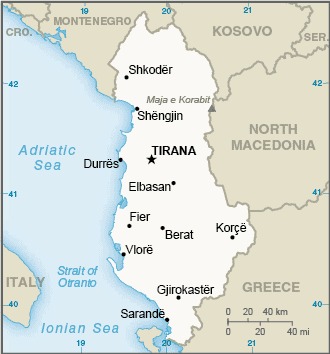
It was a republic born out of political chaos and a coup backed by Yugoslavia and the White Russian military, and only functioned for three years before Zog dissolved the government and declared himself ruler of a new Kingdom of Albania.
Given the country’s turbulent and volatile political history paired with Italy’s desire for regional hegemony, it is no surprise that the Albanian Republic became yet another failed attempt at creating one of Europe’s first stable majority-Muslim democracies.
Early Albanian Independence
Albania, which had been a part of the Ottoman Empire’s European territories since the 15th century, became independent on 28 November 1912 when leading national activists severed ties with the empire under the leadership of Ismail Qemali.
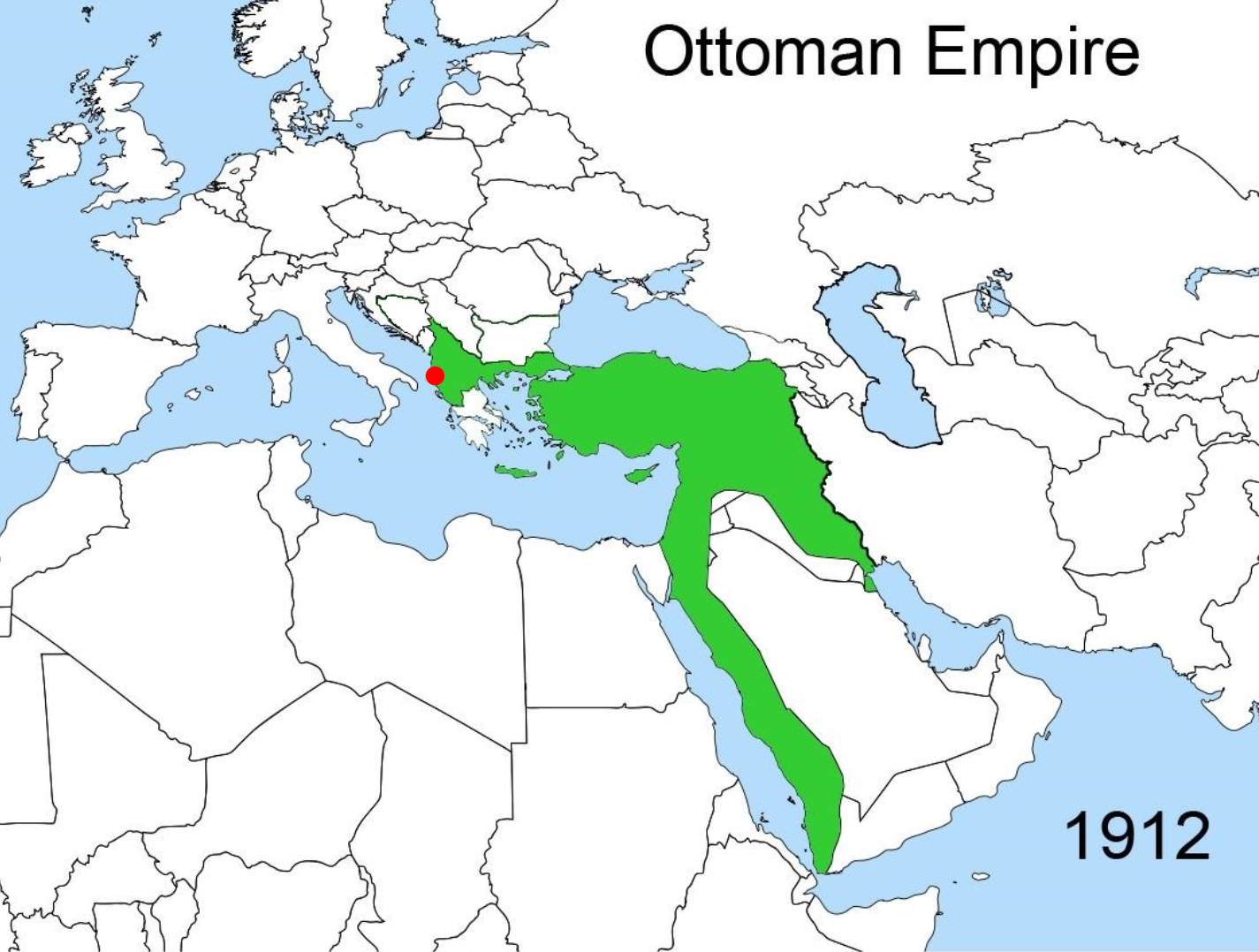
This sudden independence precipitated diplomatic debates among the European Powers (Britain, France, Russia, Austria, Germany, and Italy) about the future of the nascent state. Independence also ignited political instability and factionalism within Albania.
During the year in which the European Powers negotiated the state’s existence (its political system and territorial boundaries), the multireligious provisional government was challenged by competing leadership, most notably the Republic of Central Albania created by Essad Toptani and supported by Italy, which proclaimed to be a Muslim ethnostate and the true government of the Albanian people.
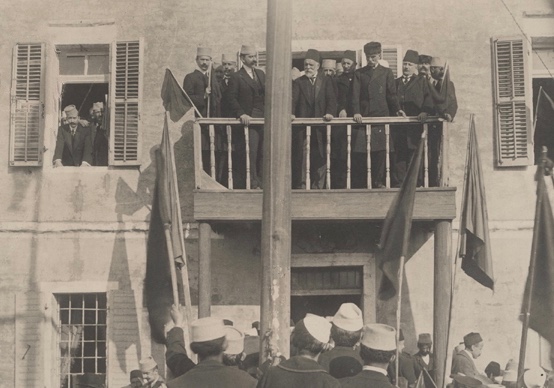
In February 1914, the European Powers created the Principality of Albania under the leadership of the German-born Prince Wilhelm Wied. When Wied began his reign, he inherited a state characterized by volatility. With political factionalism still rampant and facing exigencies engendered by World War I, Prince Wied absented himself after six months and the principality collapsed.
With no formal functioning government, Albania became an incubator for military occupations throughout the duration of WWI. Italy occupied the south, France the east, and Austria the north. Once WWI ended and the dust had settled, Italy maintained its military occupation and proclaimed itself the protector of the Albanian state, creating what amounted to a puppet government.
While world leaders once again debated the future of Albania during the Paris Peace Conference of 1919-1920, Italy maintained its control over the country’s internal affairs. Although a general distrust of Italy developed during the occupation, Albanian leadership remained factional, split between pro- and anti-Italian sympathies.
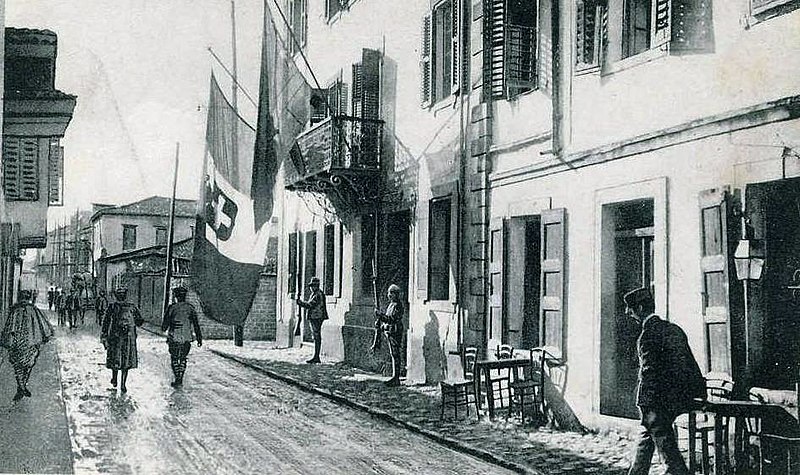
Ultimately, those who favored Italy were unable to control the growing calls for a completely independent Albania. In the summer of 1920, the National Defense Committee, a motley crew of armed villagers, soldiers, and national activists, waged guerilla warfare against occupying Italian troops.
The National Defense committee was successful in its endeavor and forced an Italian surrender. The Italian government withdrew all troops and formally ended the occupation of Albania on 2 August 1920.
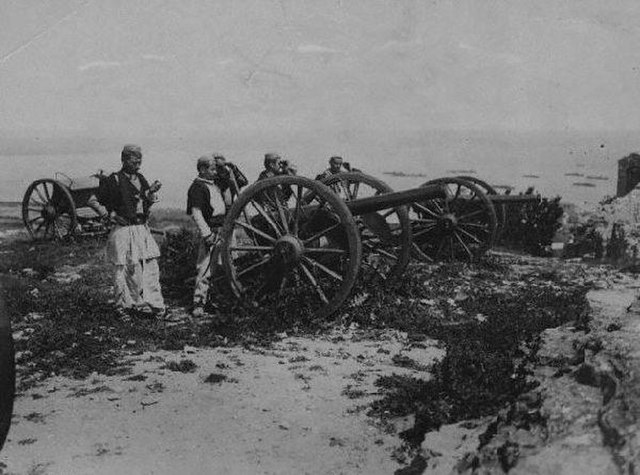
With the support of President Woodrow Wilson at the Paris Peace Conference, and free from military occupation, Albania finally achieved the independence its leaders had so sought since 1912.
The Rise of Zog and the Albanian Republic
Albanian leadership was finally free to govern, but this independence did not guarantee political stability. In a six-month period from July to December 1921, five governments emerged and collapsed in Albania.
One detrimental factor that continued to plague Albanian politics was the lingering presence of Ottoman social and political structures. Wealthy Muslim families controlled the majority of government positions. This reality resulted in suspicion and anger from some of the Christian populations.
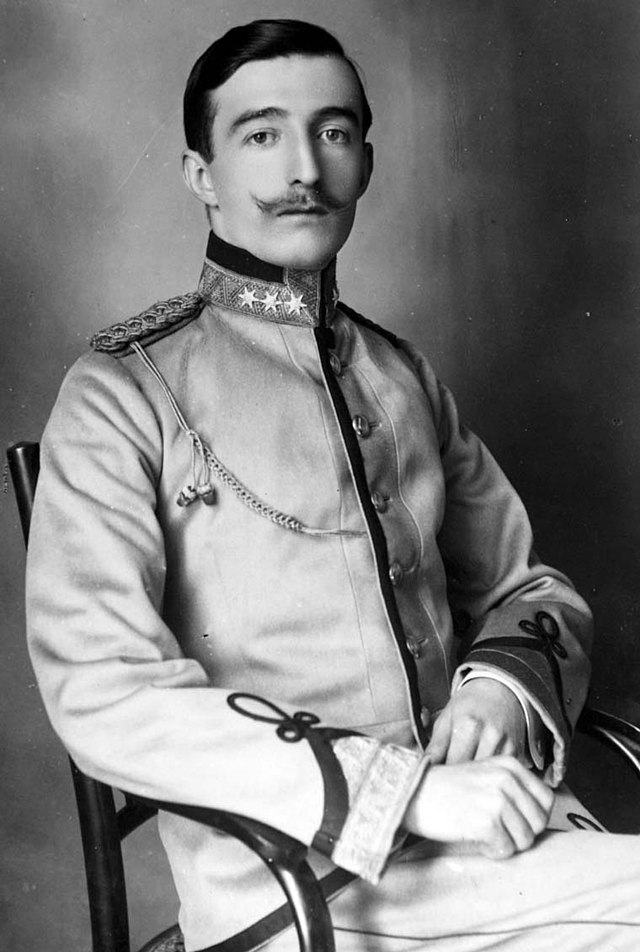
During the political instability of 1921 and in the immediate years after, Ahmet Zog cemented himself as a dominant political figure. Zog, who was from a wealthy Muslim family and had been extremely active since the foundation of the 1912 provisional government, held several positions, from a regional governor to Chief of the Albanian Military, before becoming the Premier in December 1922.
Zog’s ascent to the premiership was more of a power grab than by the will of the people, as many disliked him and he was known for his oppressive style of leadership. He was able to take the position in the aftermath of a failed coup against his party leadership by the opposition.
Zog remained wildly unpopular and faced continued pressure from political opposition in parliament. Despite his reputation as an ironfisted tyrannical leader, Zog remained the Premier as his party maintained power. Zog survived an assassination attempt in 1924, but he was severely wounded and resigned his position.
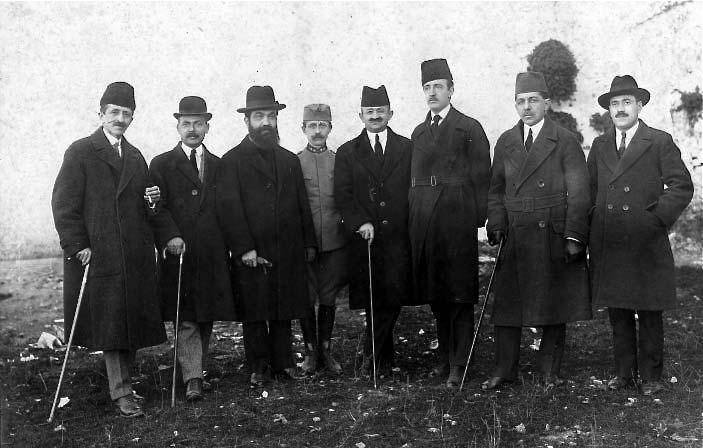
Shortly after his resignation, the leader of a young nationalist organization, Avni Rustemi, was murdered in front of the parliament building. Opposition leaders blamed Zog, and after an armed revolution, he was forced to flee the country. Fan Noli, an outspoken political opponent of Zog, took over the premiership.
Despite fleeing Albania, Zog refused to accept defeat. With the aid of the Yugoslavian government and backed by White Russian troops, Zog marched to the capital and overthrew Noli’s government in late December 1924.
The government of Fan Noli had only lasted six months. In January 1925, Zog reconvened parliament, aided in drafting a new constitution, and was elected as the President of the new Republic of Albania on January 31.
The Short-Lived Republic
As the President of the Republic, Zog set out to improve the internal affairs of Albania. He began a series of reforms aimed at improving economic conditions, developing infrastructure, and improving relations with the state’s Balkan neighbors.
Additionally, Zog oversaw the creation of the Albanian National Bank. However, he allowed Italian investors to control 51% of the bank’s capital, providing Italy with an avenue for intervention in Albanian affairs.
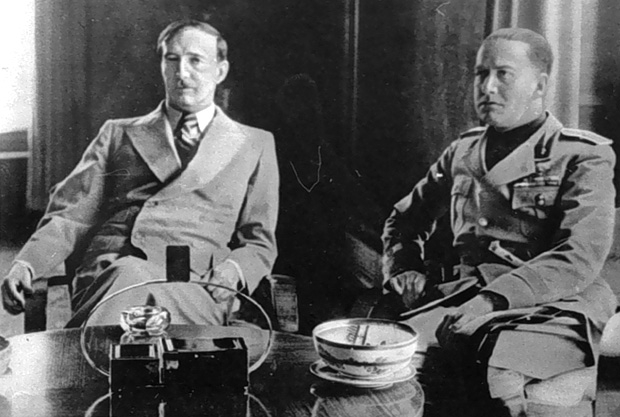
To finance infrastructure improvements, Zog relied on foreign loans, but portions of this money managed to trickle into his pockets as well as those of his political supporters and an overhaul of infrastructure never materialized. Italy also continued to strengthen its influence in Albanian politics because Zog developed a close partnership with Mussolini and his fascist government, even granting the Italian leader control of fiscal policy.
During the first two years of Zog’s presidency, disdain for him continued to grow among substantial portions of the Albanian population but rarely manifested as opposition because the republic’s constitution granted the president near-dictatorial powers.
Historians who have examined the first Albanian Republic characterize Zog’s presidency as a police state that used oppression, violence, and censorship to consolidate his power and uphold the illusion of stability.
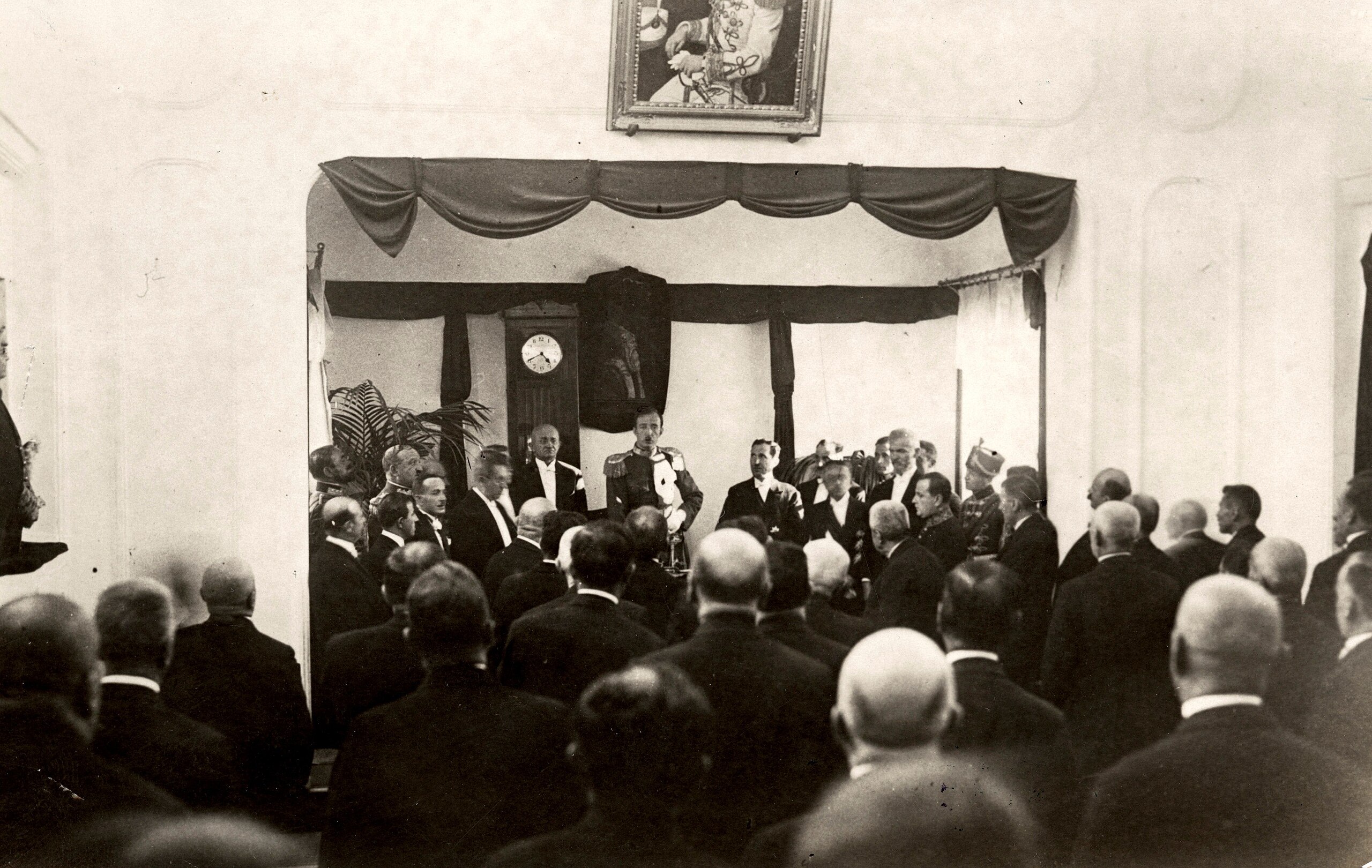
With a dictator masquerading as president, the Albanian Republic was doomed for failure. On September 1, 1928, Zog dissolved the republic and declared himself King, creating the Kingdom of Albania.
Zog fashioned himself as Europe’s first Muslim monarch. He ruled over his kingdom with impunity, despite nearly sixty assassination attempts, until 1939, when Mussolini commanded Italian forces to invade and occupy Albania. Zog lived the rest of his life in exile until his death in 1961.
What Do We Learn from the First Albanian Republic?
There are two valuable lessons from the rise and collapse of Albania’s republic.
First, there is no perfect mold or method that global diplomatic powers can utilize to rebuild and/or democratize states they deem as fledgling or failing. Distinctive history, embedded social and political structures, and factionalism always complicate the task.
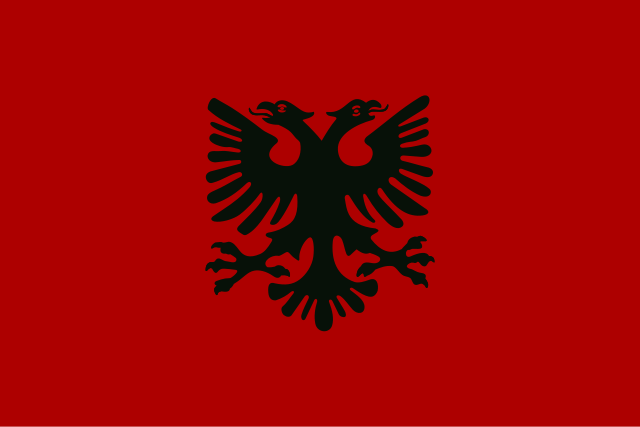
Further, foreign intervention and occupation act to magnify instability and create cleavages, especially when special interests guide intervention.
Second, governments—and democracies in particular—are fallible and not free from corruption. Rampant political divisions and factionalism create the perfect storm for individuals with tyrannical ambitions to come into power.
If checks and balances are disregarded in favor of factional power consolidation, the results can be disastrous.
